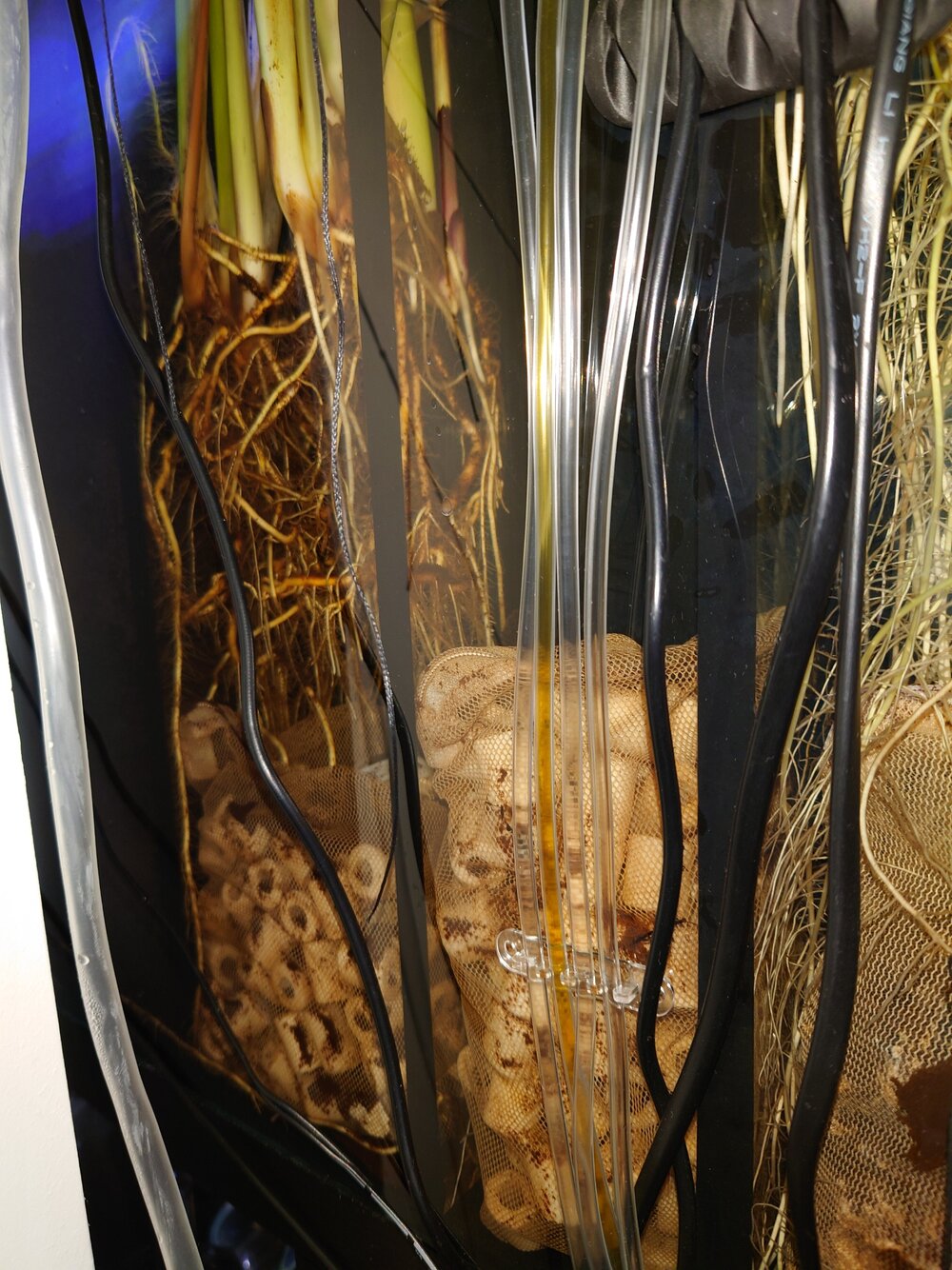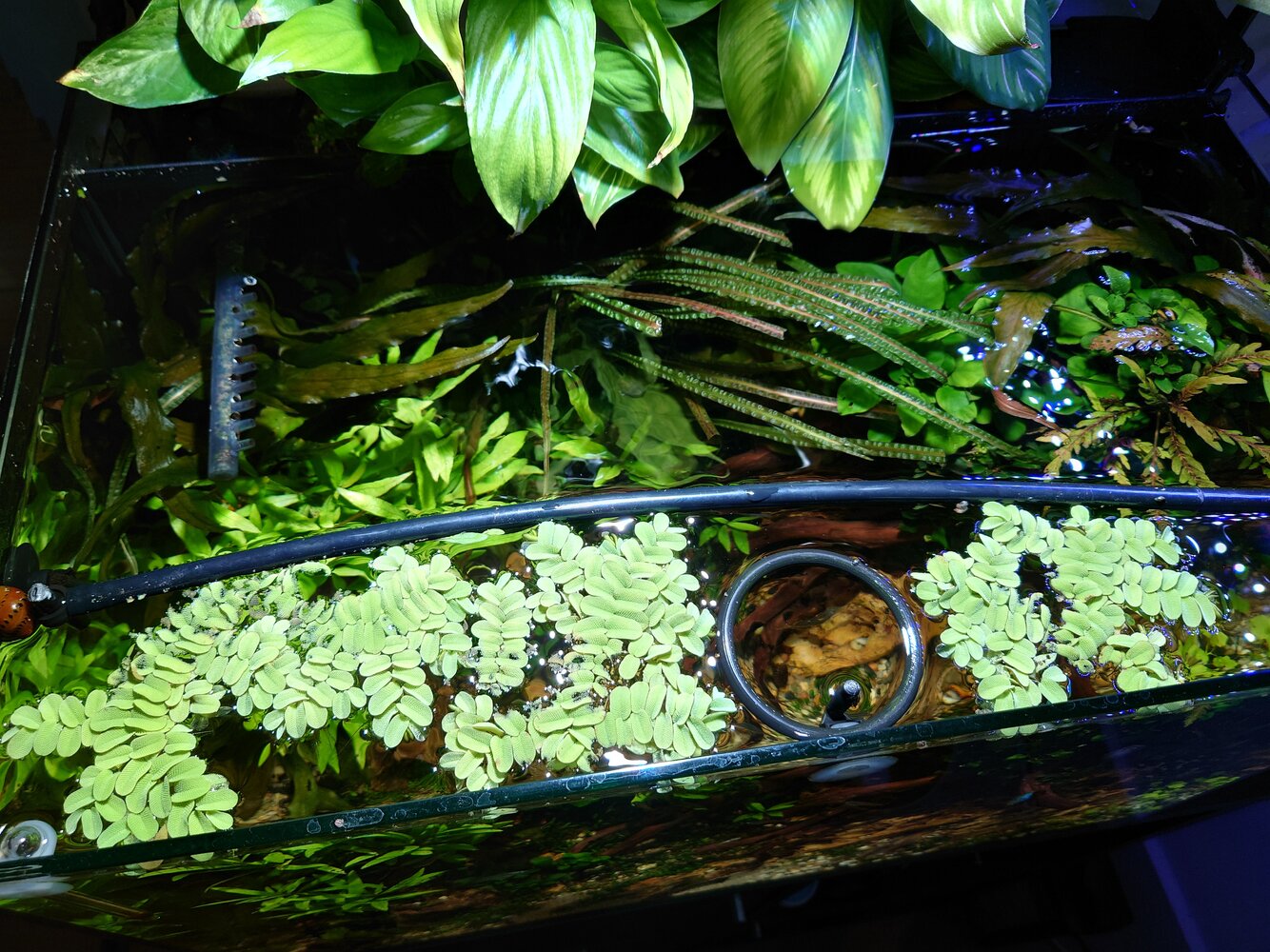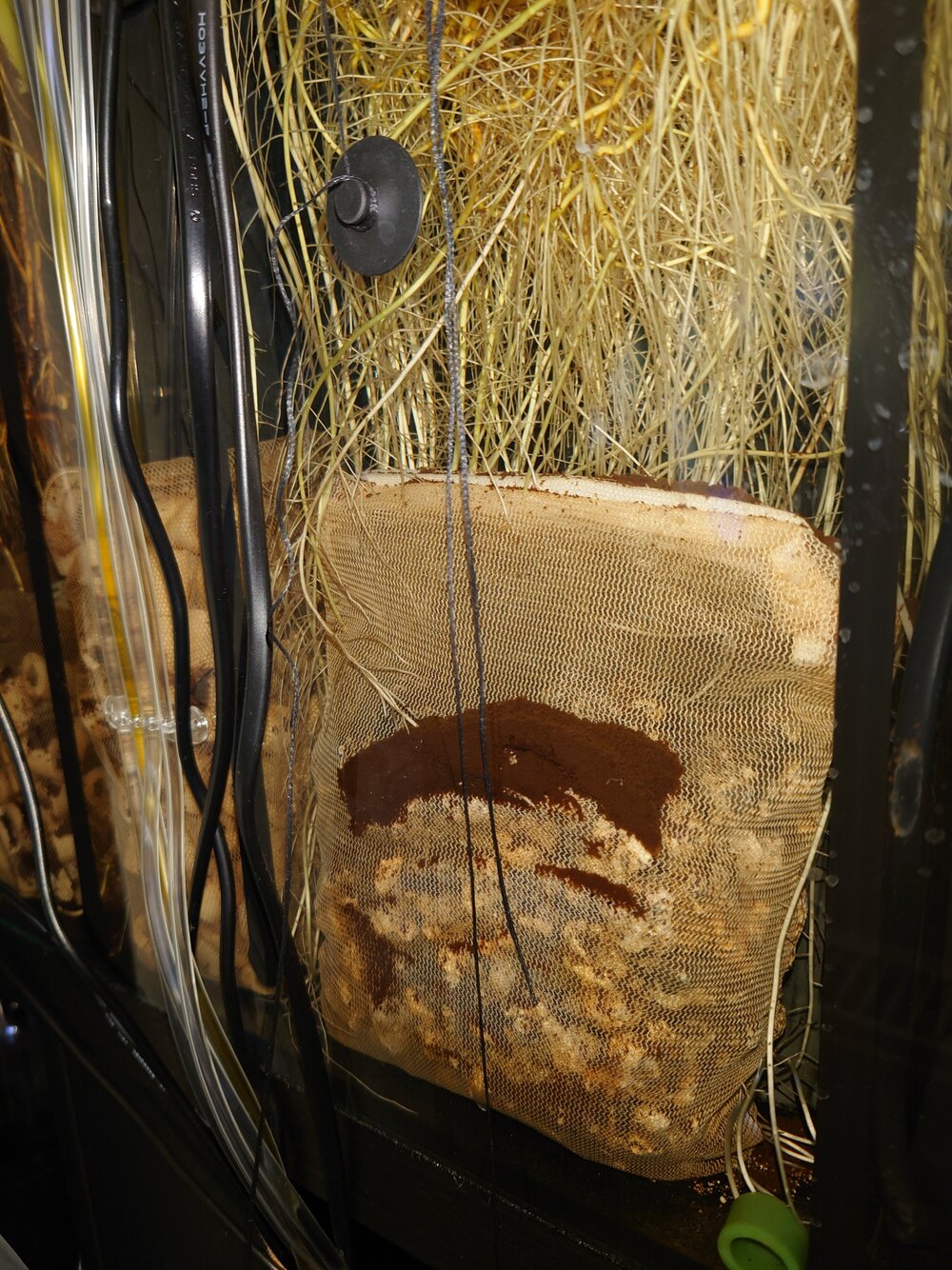Bradders
Member
Hold back on cleaning any biomedia for now. Instead, I would check that the filter media used for biomedia is not clogged at all and therefore flow remains good. My thought process here is that we should try not to disturb any build-up of the good stuff that removes Dissolved organics, bad bacteria, pathogens, etc. If you get a chance during the check, take a few pictures of the media for me!Haven't cleaned the filter in a while - it's quite oversized and the water is crystal clear, but I'll do that tomorrow just in case.
Nitrates are 0? OK, when you take the next set of tests let us know how they come out. With the nitrate test (although I am not sure what test kit you use) I think in some you gave to be very careful about the procedure to get accurate results - shaking bottles for 1 minute and mixing and shaking again etc. Let us know the outcome of the results!Appreciate the help
For the water parameters, it's a 90l tank with a sump section at the back. Ammonia, nitrite, nitrate, phosphorus are all at 0 as far as the drop tests are concerned. TDS is 265. GH is 160ppm and KH is 116, PH 7.3, though these are a couple of weeks old now. Potassium has always been really high, though slowly coming down. I've also been mixing in more RODI water over the last couple of months. GH came down from 240 to 160 over two months.
I can't promise a solution will be found, but Ill do my best to help, I know how horrible this is to go through.Appreciate the help







